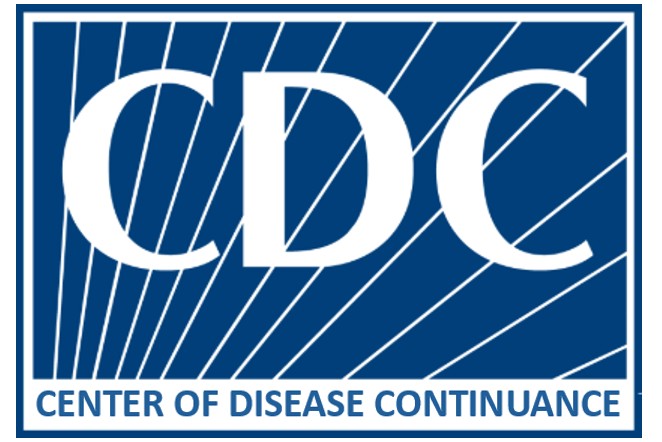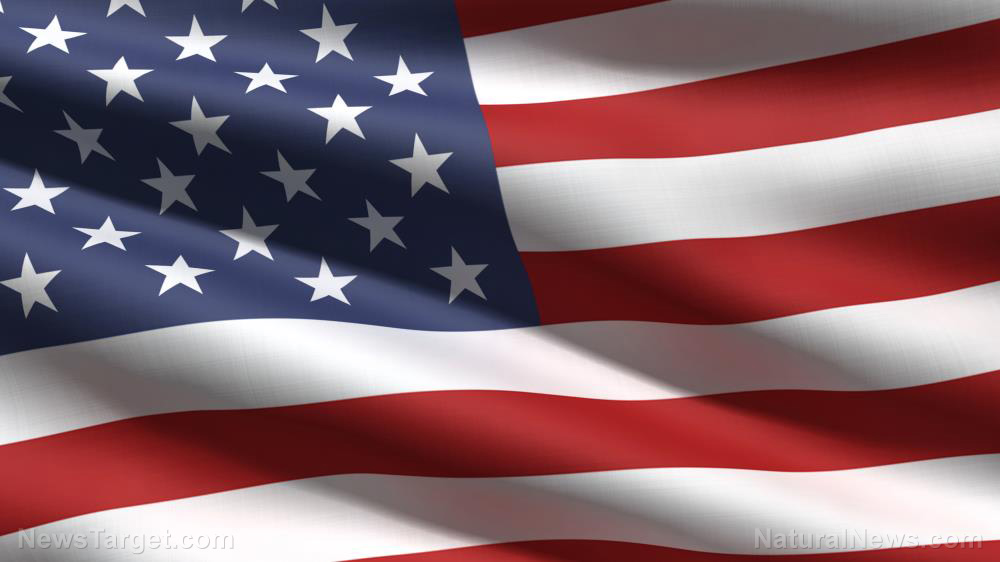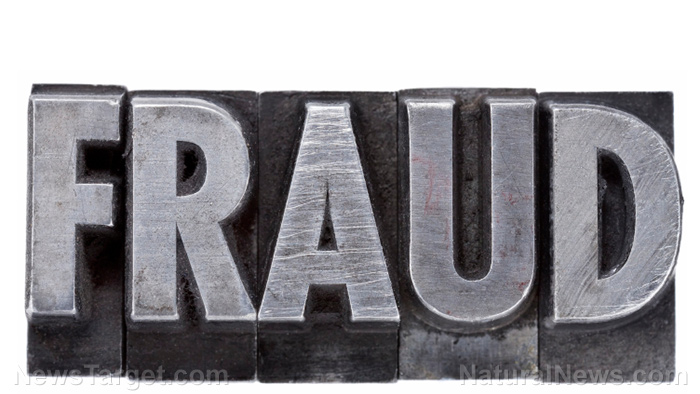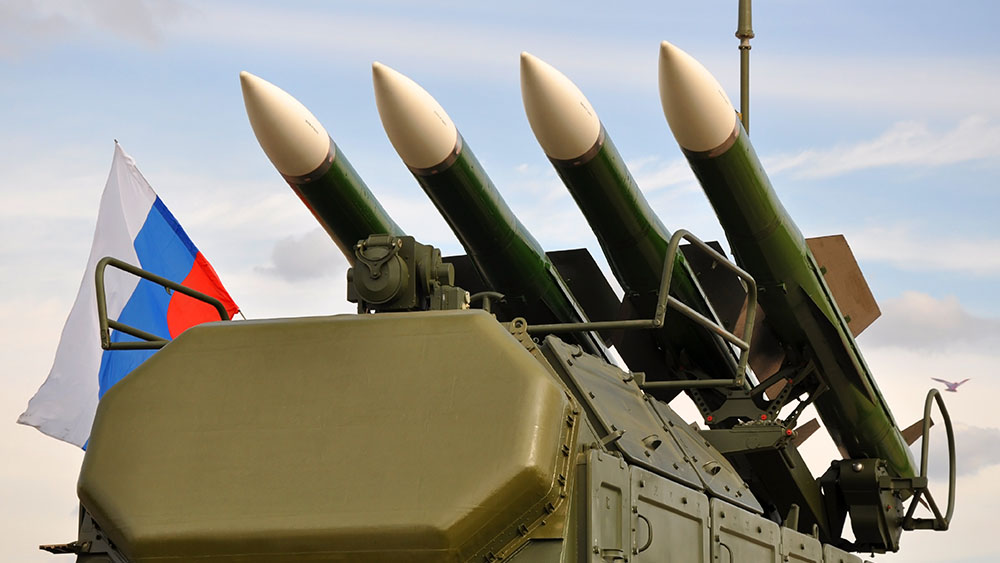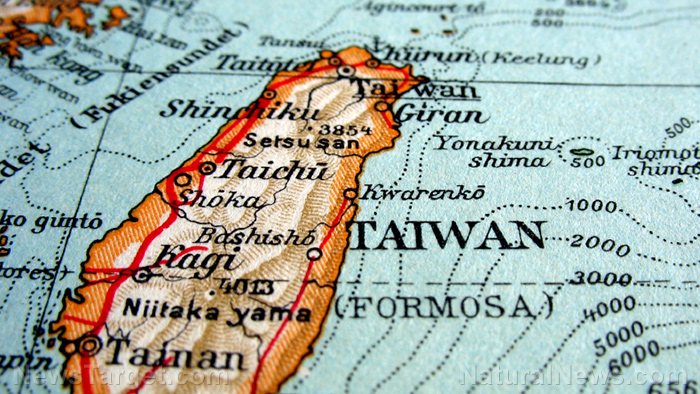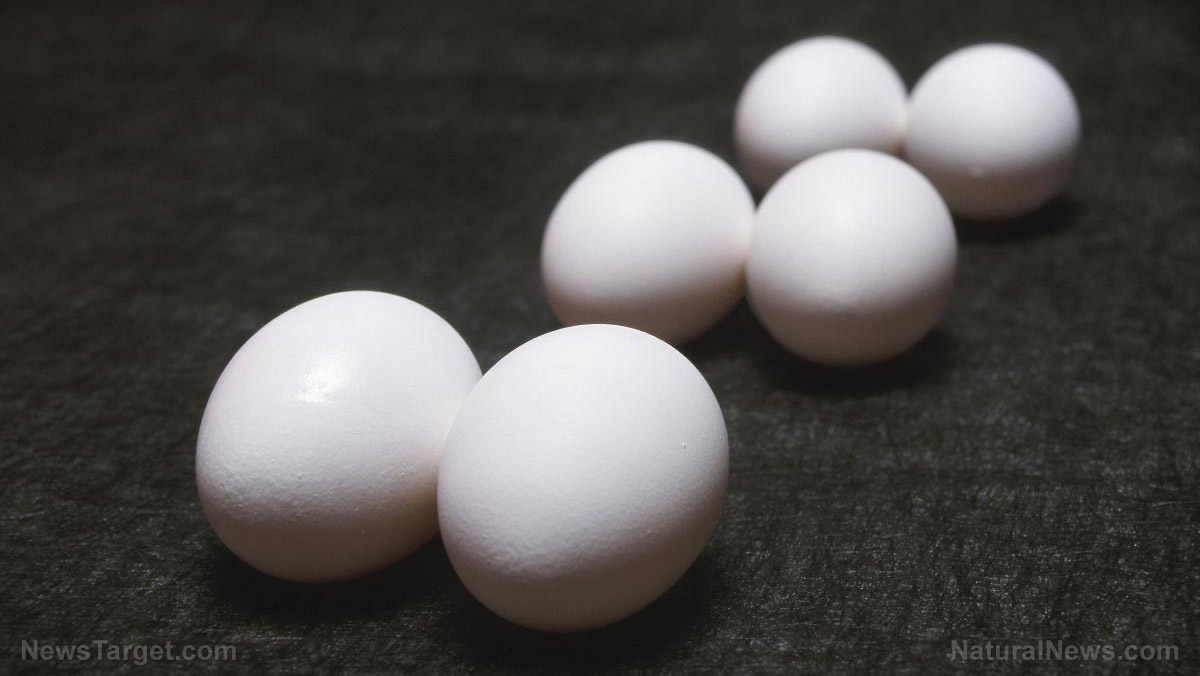
- Egg prices peaked at $6.23 per dozen in March 2025 before stabilizing to $3.60 by July. Analysts attribute the earlier spike to avian flu and culling under Joe Biden, but critics questioned the justification given minimal flock declines (7-8 percent) and record-high lay rates.
- Upon taking office in 2025, President Donald Trump implemented policies like $1 billion in avian flu relief, expanded egg imports and deregulation. These measures led to a surge in imports (10M+ cartons in March) and a 10 percent monthly production increase, aiding price stabilization.
- Despite progress, 36M+ hens were lost to avian flu in 2025, with seasonal outbreaks still a risk. USDA biosecurity efforts aim to mitigate future disruptions, but a vaccine remains critical for long-term stability.
- Goldman Sachs predicts further price normalization by late 2025, though tariffs on imports and potential FTC antitrust probes into producers could impact affordability and market dynamics.
- The crisis highlighted vulnerabilities in the food supply chain, raising questions about market fairness, corporate accountability and whether Biden's aggressive culling was necessary or a policy misstep. Consumers remain cautious as risks persist.
The rise and fall of egg prices
Egg prices more than doubled between 2022 and 2025, reaching historic highs earlier this year. The Biden administration attributed the spike to the worst avian flu outbreak in U.S. history, which led to mass culling of hens. However, critics argued that supply disruptions alone couldn't justify the extreme price hikes — especially since industry data showed only a 7-8 percent decline in egg-laying flocks, with remaining hens producing at record rates. (Related: Trump's USDA policies drive egg prices down nearly 60%.) Now, with Goldman Sachs declaring the market "normalized," prices have fallen to $3.60 per dozen as of July, down from their March peak. Analysts Leah Jordan and Eli Thompson project further stabilization as flocks recover, though prices remain 16.4 percent higher than last year.Trump's countermeasures: Did they work?
Upon taking office in January 2025, President Trump swiftly implemented policies to stabilize prices, including $1 billion in avian flu relief, expanded egg imports and deregulation to speed up flock recovery. Agriculture Secretary Brooke Rollins also hinted at rolling back state-level pricing rules that exacerbated regional disparities. The results? Imports surged, with the U.S. bringing in over 10 million cartons of shelled eggs in March alone. Meanwhile, domestic production rebounded slightly, with hens laying 10 percent more eggs in March than February. While prices remain elevated, the downward trend suggests Trump's policies may have helped ease the crunch.The lingering threat of bird flu
Despite progress, avian flu remains a wild card. Over 36 million hens have been lost to the disease in 2025 alone, and experts warn of seasonal resurgences. The USDA's biosecurity investments aim to curb outbreaks, but until a vaccine is developed, the risk of future supply shocks persists.What's next for consumers?
Goldman Sachs expects further price normalization by late 2025, assuming no major outbreaks. However, tariffs on imported eggs — a key Trump policy — could complicate efforts to keep costs down. Meanwhile, the FTC's potential antitrust probe into egg producers could reshape industry dynamics, ensuring closer scrutiny of future price hikes. The egg crisis of 2024-2025 exposed vulnerabilities in America's food supply chain—from overreliance on a handful of major producers to the destabilizing impact of disease and policy missteps. While prices are finally retreating, the episode raises deeper questions about market fairness, corporate accountability and whether the Biden administration's culling strategy was a miscalculation or a necessary evil. For now, consumers can breathe easier — but the scramble for affordable eggs isn't over yet. Watch as the Agriculture secretary explains what's behind the rise in egg prices. This video is from the TrendingNews channel on Brighteon.com.More related stories:
Government says “bird flu” responsible for rising egg prices. EGG-REGIOUS! 100,000 Organic eggs stolen in PA amid rising prices. Egg prices soar to record highs amid reports of a BIRD FLU outbreak. Egg prices have increased by 35% since June – other grocery items also getting more expensive. Egg prices surged 70% in a year – a dozen is now pricier than a pound of ground beef. Sources include: Zerohedge.com Nerdwallet.com MSN.com Brighteon.comArizona regulators move to repeal renewable energy mandate after nearly two decades
By Laura Harris // Share
By Finn Heartley // Share
SpaceX’s Starship finally passes key test after string of failures
By Cassie B. // Share
A viral video ignites federal firestorm over Minnesota fraud
By willowt // Share
Russia activates "unstoppable" Poseidon tsunami drone
By kevinhughes // Share
Russian FM Lavrov: Moscow will back China on Taiwan issue
By ramontomeydw // Share
The breakfast clock: Why timing your morning meal is a secret weapon against high cholesterol
By jacobthomas // Share
The Health Ranger's New Year Revolution: The ultimate guide to health, wealth and freedom
By kevinhughes // Share
"Absolute Healing" on BrightU: Experts explore COVID-19 as an engineered bioweapon
By jacobthomas // Share

